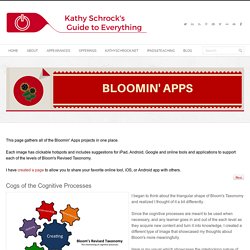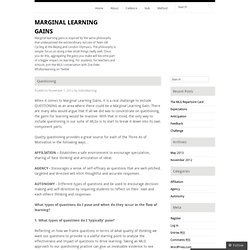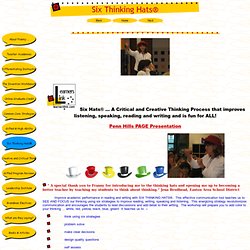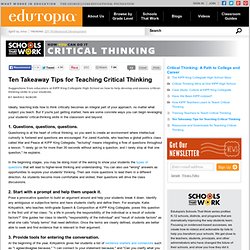

A week's worth of groceries. 15 Legitimate Ways Daydreaming Improves Thinking. 15 Legitimate Ways Daydreaming Improves Thinking The student’s eyes drift to the classroom window and the teacher’s voice fades from consciousness.

The daydream begins. It’s a familiar scene, one we have likely both experienced as students and struggled against in our students as teachers. But daydreaming is not what it might seem. Recent research in both psychology and neuroscience makes clear that daydreaming is an essential part of mental processing, reasoning and, yes, even learning. 1. The most common view of the human mind assumes that our normal way of thinking consists of concentrated focus upon immediate tasks at hand. Daydreaming is now considered to be the normal state of our minds, with focus appearing as a break from the more common mind wandering. Another study has shown that the parts of the brain stimulated during daydreaming consist of the “default network” regions of the brain that are associated with most higher level mental activity. 2. 3. 4. 5. 6. 7.
Bloomin' Apps. This page gathers all of the Bloomin' Apps projects in one place.Each image has clickable hotspots and includes suggestions for iPad, Android, Google and online tools and applications to support each of the levels of Bloom's Revised Taxonomy.I have created a page to allow you to share your favorite online tool, iOS, or Android app with others.

Cogs of the Cognitive Processes I began to think about the triangular shape of Bloom's Taxonomy and realized I thought of it a bit differently.Since the cognitive processes are meant to be used when necessary, and any learner goes in and out of the each level as they acquire new content and turn it into knowledge, I created a different type of image that showcased my thoughts about Bloom's more meaningfully.Here is my visual which showcases the interlocking nature of the cognitive processes or, simply, the "Cogs of the Cognitive Processes".
IPAD APPS TO SUPPORT BLOOM'S REVISED TAXONOMYassembled by Kathy Schrock Marginal Learning Gains. When it comes to Marginal Learning Gains, it is a real challenge to include QUESTIONING as an area where there could be a Marginal Learning Gain.

There are many who would argue that if all we did was to concentrate on questioning, the gains for learning would be massive. With that in mind, the only way to include questioning in our suite of MLGs is to start to break it down into its own component parts. Quality questioning provides a great source for each of the Three As of Motivation in the following ways… AFFILIATION – Establishes a safe environment to encourage speculation, sharing of ‘best thinking’ and articulation of ideas AGENCY - Encourages a sense of self-efficacy as questions that are well-pitched, targeted and directed will elicit thoughtful and accurate responses. Six Thinking Hats® Six Hats® ...

A Critical and Creative Thinking Process that improves listening, speaking, reading and writing and is fun for ALL! Penn Hills PAGE Presentation " A special thank you to Franny for introducing me to the thinking hats and opening me up to becoming a better teacher by teaching my students to think about thinking. " Jena Brodhead, Easton Area School District Improve academic performance in reading and writing with SIX THINKING HATS®. Think using six strategies problem solve make clear decisions design quality questions self assess collaborate more effectively The Research -- "Develop Critical and Creative Thinking Skills: Put on Six Thinking Hats®," PA Educational Leadership During the workshop the teachers will collaborate to learn the Six Hats® process and apply it to their content areas and standards.
Six Thinking Hats® Cards: Key Words, Applications, Standards, and Examples How to Differentiate Instruction Using Six Hats® and 6 Product Choices- PowerPoint Web Resources: Are You Left or Right Brain? Ten Takeaway Tips for Teaching Critical Thinking.
Suggestions from educators at KIPP King Collegiate High School on how to help develop and assess critical-thinking skills in your students.

Ideally, teaching kids how to think critically becomes an integral part of your approach, no matter what subject you teach. But if you're just getting started, here are some concrete ways you can begin leveraging your students' critical-thinking skills in the classroom and beyond. 1. Questions, questions, questions. Questioning is at the heart of critical thinking, so you want to create an environment where intellectual curiosity is fostered and questions are encouraged. In the beginning stages, you may be doing most of the asking to show your students the types of questions that will lead to higher-level thinking and understanding. 2. Pose a provocative question to build an argument around and help your students break it down. 3. 4. 5.
Lively discussions usually involve some degree of differing perspectives.